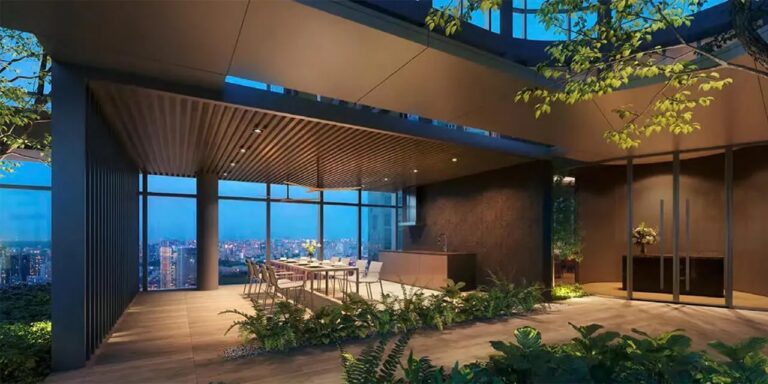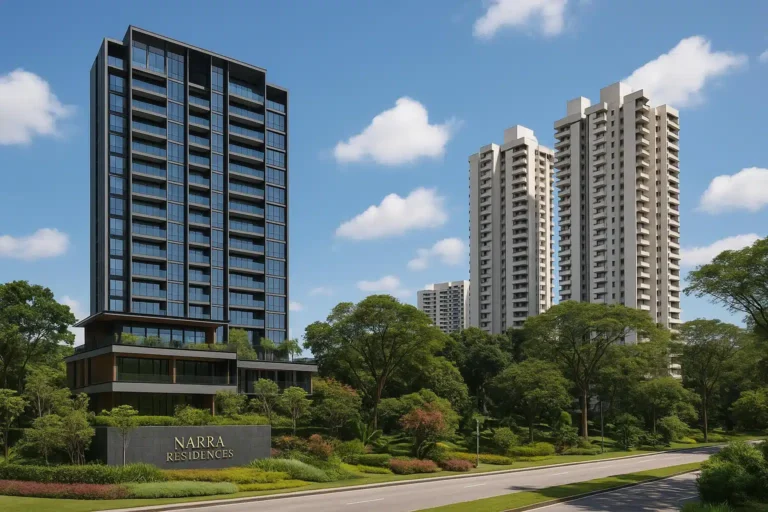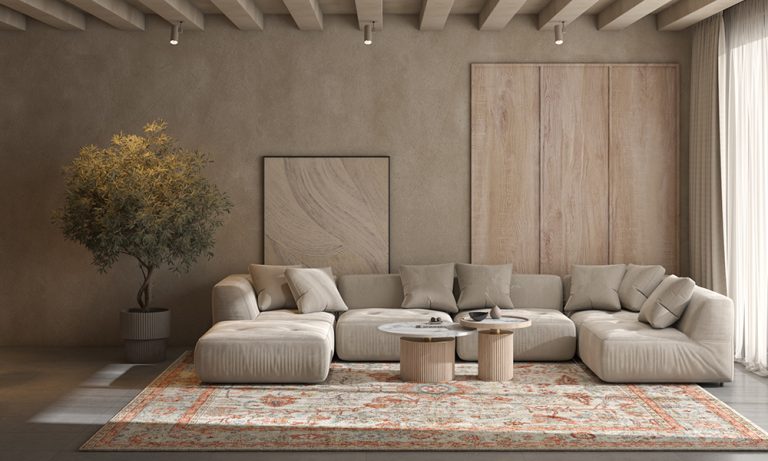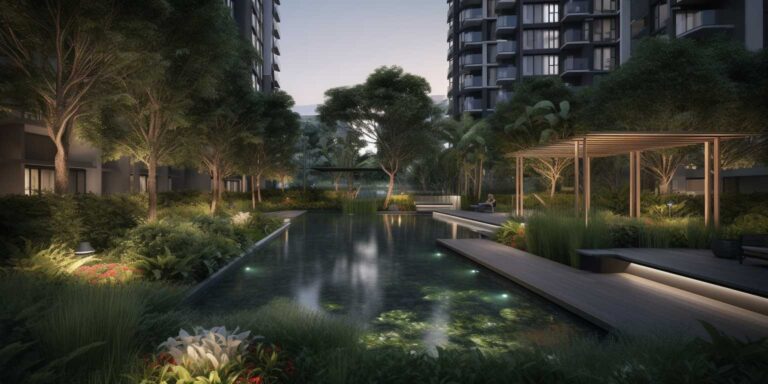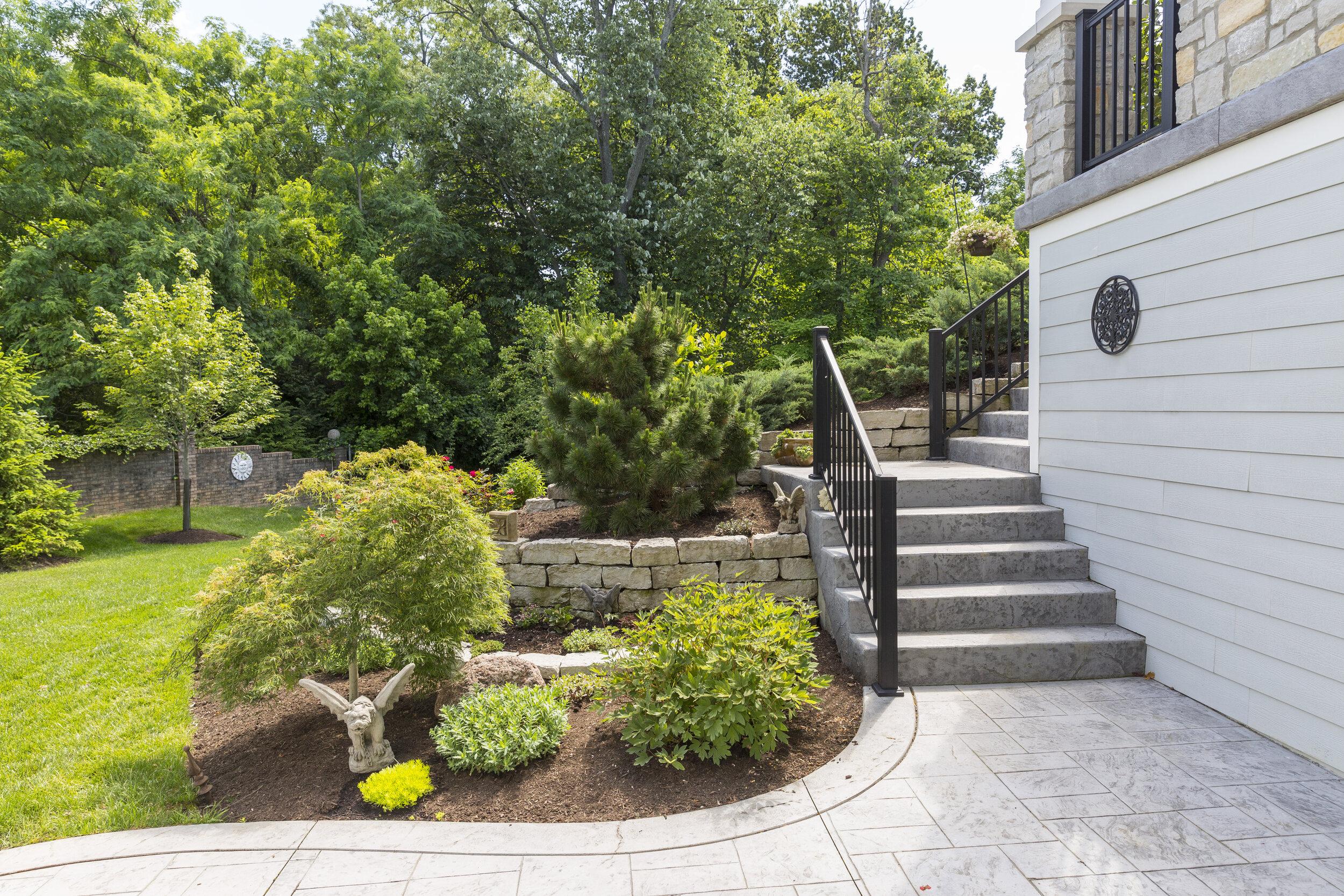
Hardscaping refers to the non-living features integrated into a landscape design, such as paths, patios, retaining walls, and construction elements. While plants and greenery often get all the attention, high-quality hardscaping is essential for seamlessly tying the landscape together. It is where working with an experienced landscape designer truly pays off.
Design process
The scale of the project and creating a cohesive hardscape design requires careful planning and attention to detail. An accomplished landscape designer will guide clients through the following key phases:
- Site analysis and needs assessment – The landscape design tours the site to identify existing conditions, assess needs based on the client’s wish list, and note any limitations or challenges.
- Conceptual design – Initial hardscape design ideas are presented, showing the layout and materials proposed. It allows the client to visualize the finished look.
- Detailed design – Once the concept is approved, the designer creates in-depth construction drawings showing exact hardscape specifications, dimensions, and assembly.
- Permitting – The designer ensures the project adheres to local zoning and building codes and obtains any required permits.
- Material selection – The designer helps clients select materials that are functional, aesthetically pleasing, and fit within the project budget. Recommendations may include concrete, stone, brick, tile, and more.
- Construction and installation – With permitting and a solid plan in place, the hardscaping elements are constructed and installed per the designer’s drawings and specifications. The designer may oversee this phase.
These meticulous steps allow landscape designers to craft durable, holistic hardscapes that meet clients’ unique needs and preferences. Their broad expertise makes bringing a project from vision to completed reality smooth and successful.
Elevating hardscape elements
Paths and walkways
Paths of all types let people easily navigate through an outdoor space. A designer considers how the path network connects key areas and how walkways complement other hardscape and landscape features. Materials are selected based on aesthetics, durability, and maintenance needs. Designers also ensure proper grading and drainage to prevent erosion or puddling.
Patios
Well-designed patios create graceful outdoor living spaces. Designers configure patio shape, size, and layout based on intended use and site conditions. Material choices range from natural stone to stained concrete to permeable pavers. Pros design patios to meld with the architecture and avoid expensive drainage issues.
Retaining walls
Retaining walls handle significant grade changes in a landscape. Designers choose wall materials and construction approaches to suit the site. Key factors include wall height, load requirements, durability, and aesthetics. With engineering expertise, designers create structurally sound, stable retaining walls tailored to each property.
Fire features
From sleek fire pits to impressive fireplaces, fire features add ambiance and a focal point. Designers ensure fire features complement the hardscape design and reflect the client’s desired mood. Materials may include masonry, stone, and metals. Gas lines, ventilation, and permits are handled properly.
Outdoor kitchens
For clients who love to cook and entertain outdoors, designers craft incredible outdoor kitchens. Clients select finishes and appliances; designers integrate them into a well-planned, functional layout. Plumbing, gas lines, and electrical needs are addressed while adhering to codes. High-end options like pizza ovens, kegerators, and more are incorporated.
Driveways
Driveways must stand up to heavy use. Designers specify driveway materials and finishes based on location, soil conditions, and client priorities like visual appeal and permeability. A thoughtfully designed driveway directs stormwater runoff properly so puddling is avoided. Designers ensure driveway layout, width, and gradients meet codes.

